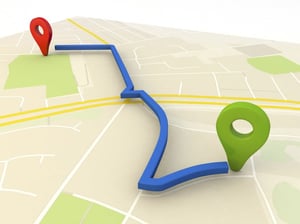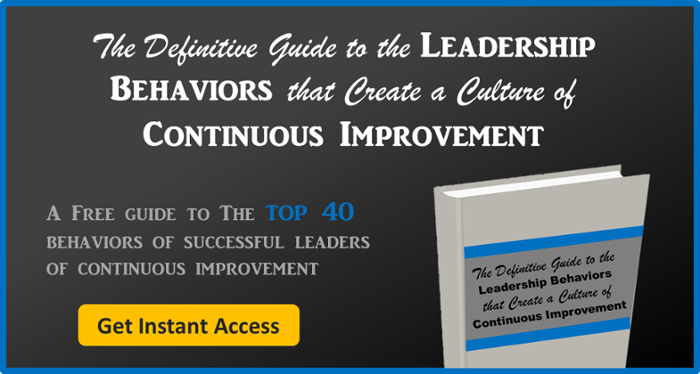 We’ve written before about the fact that the success of a Kaizen event depends on what happens before, during, and after, with each phase being is as important as every other. Without careful planning and follow-up, Kaizen events seldom achieve their objectives and any gains are usually short-lived. Today, however, we are going to hone in on the event itself.
We’ve written before about the fact that the success of a Kaizen event depends on what happens before, during, and after, with each phase being is as important as every other. Without careful planning and follow-up, Kaizen events seldom achieve their objectives and any gains are usually short-lived. Today, however, we are going to hone in on the event itself.
We’re sharing a simple 5-step Kaizen event roadmap. Not every single event will fit nicely into these phases, of course, but it is a good starting point. It is an especially useful approach if your team is new to the practice of rapid continuous improvement.
Some organizations take one of these steps each day to create a five-day event. You may find that you need more or less time to accomplish each objective. The amount of time spent on each is not as important as the fact that each element is addressed successfully before moving on to the next.
Step 1: Document and agree on the current state. Define desired state.
When we coach new customers on Kaizen event execution, they often figure that simply documenting the current situation will be a piece of cake. It rarely is. Team members can have wildly different perceptions of the current state, depending on what their role in the process is and what their goals are. The conversations that occur as the group tries to reach consensus on the way things are can be extraordinarily revealing, bringing to light complications in the process that may otherwise have been overlooked. Once an understanding of the current state has been documented, the team can turn their focus to the desired state.
Step 2: Discuss possible solutions. Agree on changes to implement.
Don’t make the tempting mistake of skipping step 1 and jumping into step 2. That leads to changes that don’t really address the root causes of problems and fail to create measurable impact. When discussing possible solutions, it is important for the event leader to encourage participation and make sure that everyone’s ideas are heard. No participant should go into the event with an unchangeable idea about what the right solutions may be.
Step 3: Implement improvements
One of the things that make Kaizen events such an effective tool for improvement is that the changes are implemented in short order. That’s why rapid improvement events should only be used to address problems that can be tackled quickly. If the improvements can’t be implemented in the time frame of your event, then the situation is probably best suited for a different improvement methodology.
Step 4: Refine improvements, develop new Standard Work
After the improvements are implemented and observed, the team may want to make some tweaks to the execution to come up with the final process changes. After that occurs, the new Standard Work can be adopted and documented. No improvement can be said to be fully implemented until a new Standard Work has been agreed upon and implemented.
Step 5: Institutionalize the Improvement
Institutionalizing the improvement involves training the impacted employees on the new standard work, and communicating the results to management and the rest of the organization. These final steps are critical if you want changes to be effective and celebrated. While these steps end the event, it does not mean that the team’s work is done. It simply signals the beginning of the follow-up phase.
This roadmap is quite simple, but there’s no need to complicate your Kaizen event. Keeping it to the essential steps will help ensure that everyone is focused and that the changes you need happen quickly. Give this approach a try the next time you need fast but impactful improvement.



Add a Comment